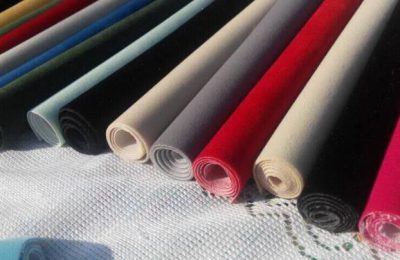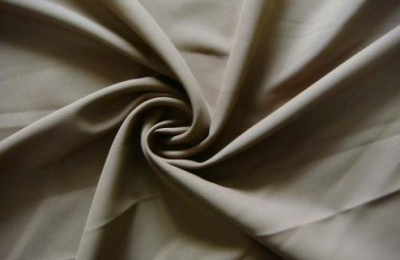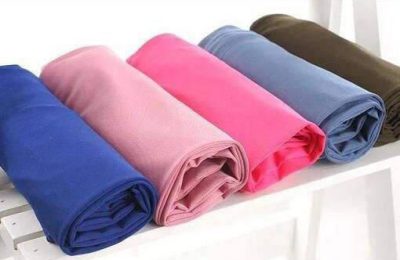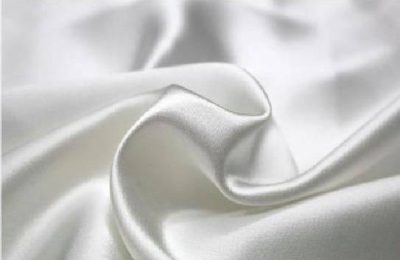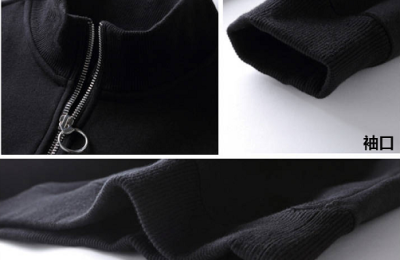Did you know that while improving air quality, activated carbon air filters will also greatly help people improve their work efficiency, but do you know what its core material is? It is activated carbon non-woven composite filter material.
The work of an activated carbon filter is done through a carbon bed.
The activated carbon particles that make up the carbon bed have a lot of micropores and a huge specific surface area, and have strong physical adsorption capacity.
Water passes through the carbon bed, and organic pollutants in the water are effectively adsorbed by activated carbon.
In addition, there are some oxygen-containing functional groups on the non-crystalline part of the surface of the activated carbon non-woven composite filter material, so that organic pollutants in the water passing through the carbon bed can be effectively adsorbed by the activated carbon.
Activated carbon filter is a commonly used water treatment equipment. As a pre-treatment of the water treatment desalination system, it can effectively ensure the service life of the downstream equipment, improve the quality of the effluent, and prevent pollution, especially to prevent the downstream reverse osmosis membrane and ion exchange. Poisoning pollution caused by free residual chlorine in resins, etc.
Activated carbon non-woven composite filter material is prepared using unique biaxial stretching technology, which can ensure complete retention of bacteria and other impurities while having a large flux.
The material is resistant to high temperatures, strong acids and alkalis, and has wide chemical applicability. When used for gas filtration, it can achieve 100% retention of various phages, bacteria and particles above 0.02um.
PTFE microporous membrane has high filtration efficiency and can meet the filtration efficiency level requirements of sub-high efficiency, high efficiency and ultra high efficiency air filters.
</p



